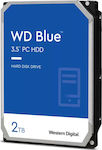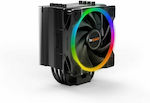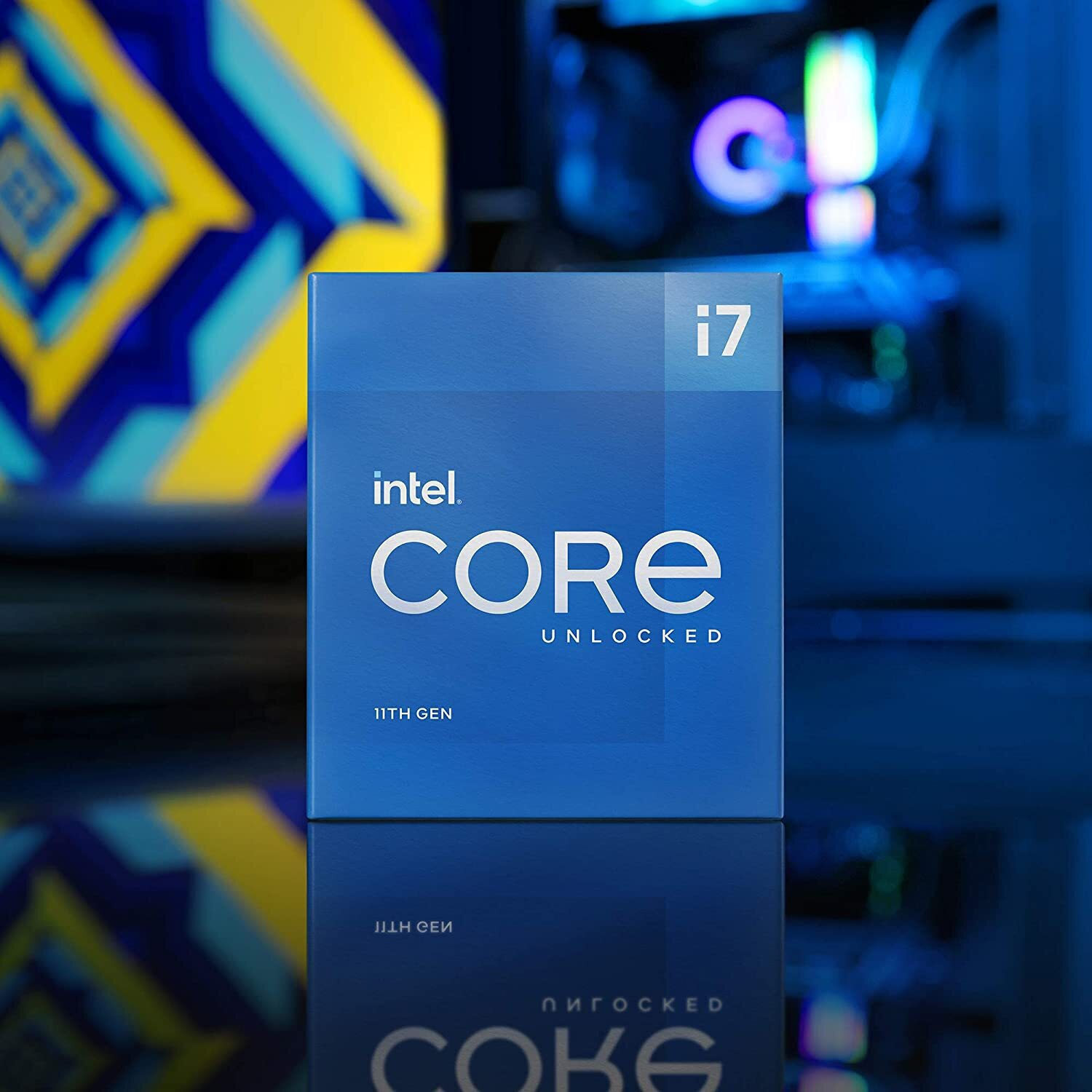The new series from Intel did not receive good reviews from many well-known editors of the international press, so it sparked our interest to acquire a processor and a Z590 motherboard to see if things are really as they say.
The peculiar thing about this series is that it maintained the lithography of 14 nanometers, while Intel also has a smaller one at 10 nanometers, resulting in the larger model losing two cores, as the new Cypress Cove cores are significantly larger in size than the corresponding Skylake cores of the Comet Lake processors. Additionally, the new integrated graphics card, Gen12 Xe LP iGPU, is also larger than the Gen 9.5 that the previous generation had.
So, in summary, the changes in the 11th generation Intel processors are as follows:
• New Cypress Cove cores
• New Gen12 graphics card - Intel® UHD Graphics 750
• Updated I/O platform with PCIe Express 4.0 support
• More PCIe lanes in the Z590 chipset to enhance the connection between the processor and the NVMe slot connected to it
• DLBoost technology for accelerating artificial intelligence applications
• New instruction set called AVX-512
• Official support for up to DDR4 3200 MHz memory
Gear 1 and Gear 2 for memory
Another new feature in the Rocket Lake processors is the Gear 2 mode for memory controllers. This mode allows you to have the memory controller running at half the frequency of the memory speed. In Gear 1, you have the same frequency, but this is not feasible with DDR4 memory speeds of 3800 MHz and above. So, in Gear 2, you can have the memory running at particularly high frequencies without stability issues. However, as we will see later in the tests, this is not always the case.
Conclusion
To keep it short, I would describe the Intel Rocket Lake and Z590 chipset platform as quite troublesome. It's not exactly what you would call "install and play" like with AMD Ryzen. How the tables have turned, right? But anything can happen in the field of technology and in any game played with a ball.
Great attention is needed when choosing the memory to use. As I mentioned earlier, the XPG with SK Hynix that I initially used caused me huge problems and wouldn't boot at all at their normal frequencies, even with XMP enabled. Luckily, Patriot had sent me some Viper memory for testing, which worked flawlessly. And some Crucial Ballistix Elite 4000 MHz memory I tried also had no issues. Additionally, when making several changes, the motherboard took a long time to boot, and sometimes it would open, close, and then open again to boot normally. This was a major source of frustration. The good thing, though, was that in each case, the system did not hang if I made a mistake, and I didn't have to do a BIOS reset to recover it, as was the case with the AMD system that experienced a severe freeze when I applied some extreme memory settings and wouldn't recover at all.
In gaming, the i7-11700K performs very well, but it falls behind the Ryzen 7 5800x, which also consumes less power in multi-threaded applications, which now make up the majority of daily tasks.
With the power limit set correctly and good cooling, the 11700K will not disappoint you, despite what some foreign reviewers may say. It requires some research to fully unleash its potential and is also selective with memory, at least until a few BIOS updates are released. Personally, I would choose the AMD platform because it is more mature and generally more stable. I hope Intel finds its way at some point to bring back competition.
The full video comparing it with the AMD Ryzen 7 5800X can be found here: https://youtu.be/8DwpyQsFBSw
Pros
• Very good performance in applications that do not utilize multiple threads
• Very good gaming performance
• Decent overall performance if you increase the Power Limit
• Unlocked multiplier
• PCI-Express 4.0
• Compatible with existing Z490 mainboards
• Support for AVX-512 and DLBoost
• Significantly improved iGPU (which I did not see due to lack of time)
Cons
• Requires some research and good cooling to perform as it should
• Power-hungry in multi-threaded scenarios
• Cannot compete with the 5800X in general applications
• Selective with the memory you will use
• In Gear 1 mode of the memory controller, you will experience stability issues with memory exceeding 3200 MHz
• Only one PCIe 4.0 M.2 slot, the rest are PCIe 3.0


























































